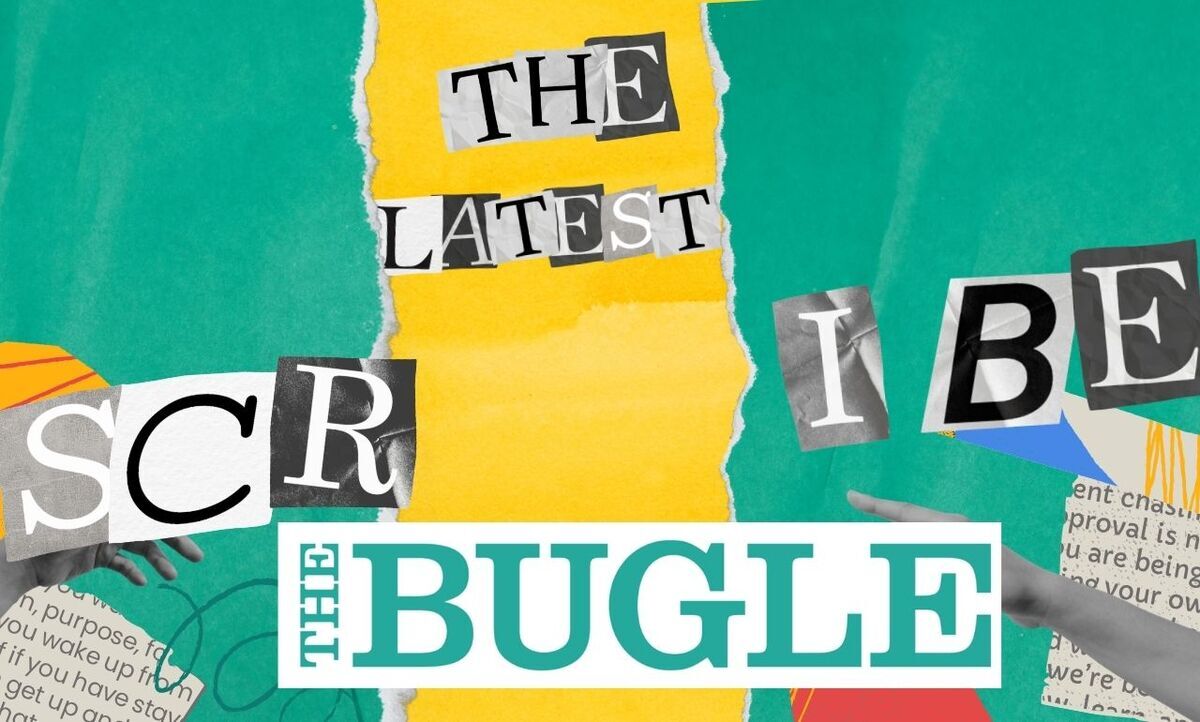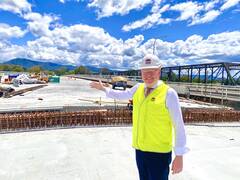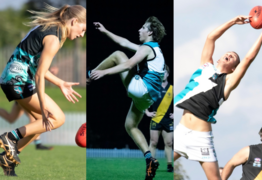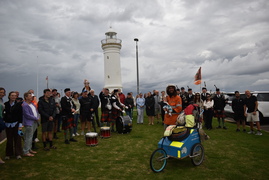Liberal-National split will have ramifications all over Australia
Paul Suttor
22 May 2025, 8:00 PM

The surprise decision by the National Party to walk away from the Liberals this week is not good news for the diversity of the political landscape.
On the South Coast it will mean Labor’s stranglehold will likely continue for many years to come.
Wherever your political allegiances lie, there is always a need for the sitting members to be kept on their toes by the one thing they dread the most - being voted out of office.
At a federal level, Fiona Phillips earlier this month was returned for her third term in Gilmore, turning what was the most marginal seat in the country into one where she ended up winning by a fraction over 5 per cent on a two-party preferred basis from Liberal rival Andrew Constance.
It is still considered a marginal seat but it will take an almighty turnaround at the next election for the Liberals under new leader Sussan Ley to claw back the carnage that they suffered at the ballot box on May 3.
Phillips is surrounded by Labor comrades - Kristy McBain to the south at Eden-Monaro, and Carol Berry in Whitlam and Alison Byrnes in Cunningham to the north - apart from Angus Taylor retaining the inland seat of Hume for the Liberal Party.
For Kiama, there is at least a break in the Labor monopoly at federal level with Indpendents in Mayor Cameron McDonald at the helm of Council and Gareth Ward the state MP.
The Illawarra and South Coast has had a history of being neglected by state and federal governments when it comes to vital infrastructure because it is viewed primarily as Labor heartland due to the region’s working class generations of yesteryear.
When it comes to feeding the hungry mouths of Australia’s many state and federal electorates, the marginal seats get preferential treatment when it comes to spreading the Budget resources.
With the Nationals separating from the Liberals, it means the once mighty Coalition is no longer a threat to Labor because neither party has a chance at forming government on its own.
They could of course reunite next month, next year or well before the next election if they patch up their differences over key policies, which they are saying revolve around a regional Australia future fund, supermarket regulations, phone and internet coverage in the bush and nuclear energy.
The flip side to this stunning development is that it’s another feather in the cap of the “teal” independents and the minor parties who have increased their percentage of the vote in recent years.
Australia’s political landscape, particularly in the Illawarra and South Coast, needs diversity of opinion and policy to give everyone a chance to be heard.
In our region, generational loyalty should not mean missing out on housing, highway or any other funding because pork barrelling is required in other parts of the country where politicians are fearful of getting the boot.
NEWS




